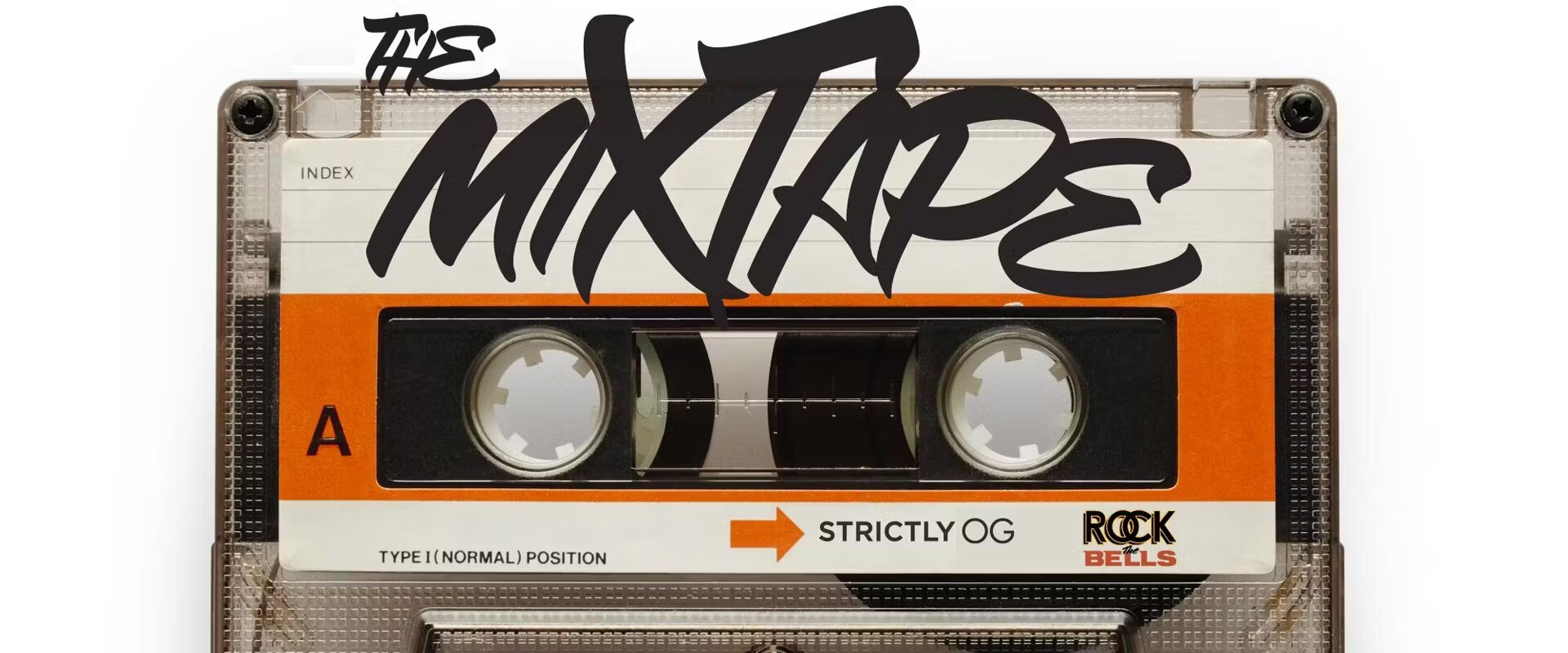Music has always been an influential force, capable of bringing people together, inspiring change, and reflecting the cultural fabric of society.
In urban communities, the mixtape has played a vital role in shaping the musical landscape, empowering artists, and providing a platform for creativity and self-expression. Let's take a journey through the history of mixtapes and explore their effectiveness in the urban community.
The Birth of Mixtapes:
Mixtapes emerged in the 1970s and 1980s as a medium for DJs and music enthusiasts to compile a curated collection of songs onto a cassette tape. These tapes often featured a blend of popular tracks, rare recordings, and exclusive remixes. They provided a means for DJs to showcase their skills and introduced listeners to new sounds and emerging artists.
The Rise of Hip-Hop Culture:
In the 1980s, hip-hop culture was on the rise, and mixtapes became a significant component of its underground movement. DJs such as Kool Herc, Grandmaster Flash, and Afrika Bambaataa used mixtapes to spread their unique style of music, mixing and scratching records to create a distinct sound that resonated with urban youth.
Street Promotion and Artist Exposure:
Mixtapes soon became a powerful tool for aspiring artists to gain exposure and build a fan base. Rappers and MCs would record freestyles, remixes, and original tracks over popular beats, showcasing their lyrical prowess and versatility. By distributing these mixtapes on the streets, at local venues, or through small record stores, artists could bypass traditional record labels and connect directly with their audience.
The Role of Mixtape DJs:
Mixtape DJs played a crucial role in the effectiveness of mixtapes within the urban community. DJs like DJ Clue, DJ Drama, and DJ Whoo Kid became synonymous with mixtapes, hosting and curating the most sought-after releases. Their mixtapes served as platforms for established and up-and-coming artists to showcase their talents and gain credibility in the industry.
Musical Innovation and Experimentation:
Mixtapes provided a space for artists to experiment with different styles, collaborate with others, and challenge conventional norms. They became an avenue for creativity, allowing artists to push boundaries and test new sounds without the constraints of commercial expectations. This freedom of expression fostered innovation and contributed to the evolution of various urban music genres.
Cultural Documentation and Social Commentary:
Mixtapes became a way to document the pulse of urban communities, reflecting the social, political, and economic realities of the time. Artists used their lyrics to address systemic issues, share personal stories, and provide social commentary. Mixtapes became a medium for storytelling and a platform for marginalized voices to be heard, shining a light on the challenges and triumphs of urban life.
Transition to the Digital Era:
With the advent of the internet and digital technology, the traditional cassette-based mixtape evolved into digital formats such as CDs, MP3s, and online streaming platforms. Artists could now reach a global audience with greater ease, bypassing physical distribution limitations. However, despite the transition to digital, the essence and impact of mixtapes remained intact.
The urban community has had mixtapes for ages, and they symbolize the power of music to bring about change and give people power. Mixtapes have been around since cassette tapes, and have enabled artists, DJs, and listeners to interact, tell stories, and celebrate the vibrant diversity of urban culture. They have had a major impact in cultivating creativity, inspiring social commentary, and forming the evolution of music genres. As we go on, let us acknowledge and commemorate the significant legacy of mixtapes.

